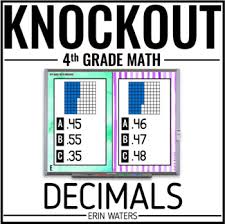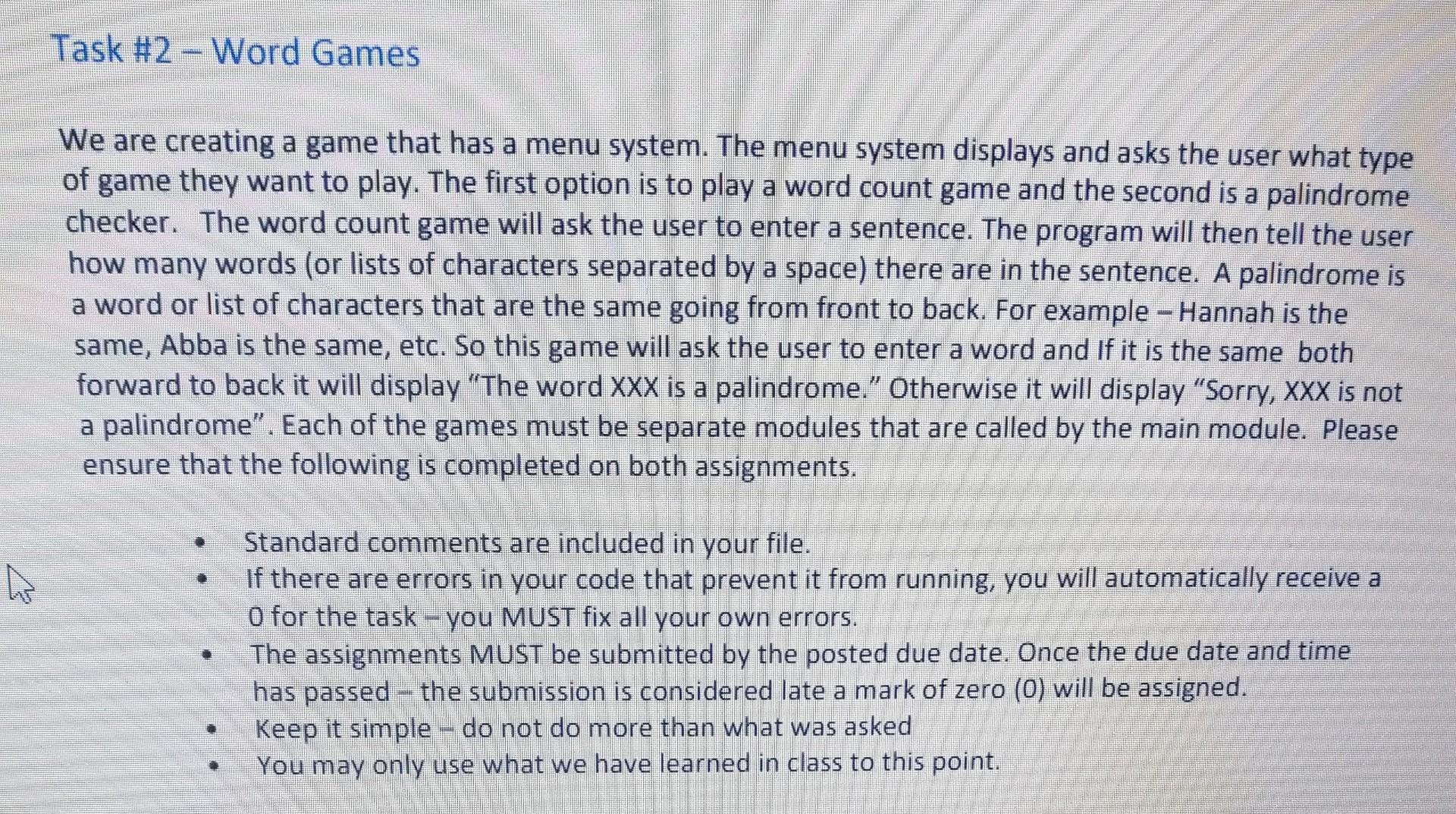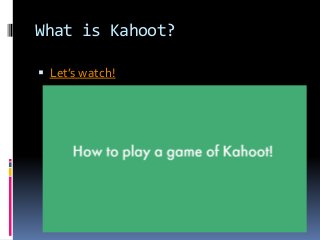
There are many things to consider when choosing a highschool. These factors include international rankings as well as teacher to student ratios. Notable alumni are also important. Let's take a closer view at some of San Antonio’s top high schools. Which one would be best for you?
Children at Risk rankings
A recent study by nonprofit research and advocacy group Children at Risk ranked San Antonio high schools and districts. The study was based on test scores for the past three years. There were four San Antonio schools on the list: Agnes Cotton Academy Young Women's Leadership Academy Mission Academy and Texoma High School. The research shows that all four schools are improving.

Children at risk rated San Antonio schools based on their support for low-income students. It cited several factors that helped determine the results, including percentages of economically disadvantaged students and race/ethnicity.
Allen High School
Allen High school is located in Allen Texas. It is part of the Allen ISD school district. There were 5,328 students in attendance during the 2020-2021 academic year. About 16.4% of the students were considered at risk of dropping out. 3.7% of the students were enrolled on an English language learning or bilingual program. The school received an accountability rating of A for the 2018-2019 school year. The school had an average graduation rate of 98.4% and a low dropout rate (less than 3% in grades nine to twelve).
Allen High School was a Blue Ribbon school for the 2001-02 schoolyear. Students attend four standard classes every day. The school also has a gym and a computer lab. Students have the option to join many clubs. Teachers are available after school to assist students. The school's cafeteria offers eight different food lines, and the bakery sells some of the best cookies in town.
Judson Early College Academy
Veterans Memorial High School received a C in a recent state accountability rating. This included student achievement, school progress and closing achievement gaps. Also, the school scored well in post-secondary readiness. This measures a student’s ability to pursue multiple career paths and colleges after graduation.

For the past few years, students have been able to take free early college classes offered by the district. Alamo Colleges was paid for the program by the district this fall. Judson High School, Wagner High School, and Veterans Memorial High School offer early college courses.
FAQ
Is it difficult to become a teacher?
Being a teacher is a huge commitment. Your studies will require a lot of your time.
You can expect to work 40 hours per semaine while earning your degree.
You will also need to find a job that suits your schedule. Many students report having trouble finding part-time jobs that allow them to balance their schedules with schoolwork.
If you get a permanent job, you'll likely be teaching classes during the workday. You may even need to travel to different schools throughout the week.
What are the various types of early childhood education available?
There are many ways that early childhood education can be described. These are the most popular:
-
Preschool - Children ages 2 to 5
-
PreKindergarten – Children aged 4-6
-
Head Start/Headstart - Children from 0-3 Years
-
Day Care/ Daycares for children 0-5
-
Child Care Centers – Children aged 0-18
-
Family Child Care - Children from 0-12 Years of Age
-
Home schooling - Children aged KG to 16.
How do you get scholarships?
To help pay college expenses, scholarships are grants. There are many types to choose from. There are many types of scholarships available.
-
Federal Grants
-
State Grants
-
Student Loans
-
Work Study Programs
-
Financial Aid
Federal grants come directly from the U.S. government. Federal grants generally require that applicants meet certain criteria. To demonstrate financial need, applicants must meet certain requirements.
Each state offers state grants. These funds are offered by individual states based on financial need. Others offer money for specific purposes.
Banks and other lending agencies can provide student loans. Students are often able to borrow money for expenses such as tuition or living expenses.
Employers can use work-study programmes to attract qualified students. Employers must pay at least the minimum wage to their employees.
Financial aid allows low-income families to afford college by paying for all or part of their tuition costs.
Who can homeschool?
Anyone can homeschool. No special qualifications are required.
Parents who have completed high school can teach their children. Many families decide to teach their grandchildren while they are still in high school.
Parents can teach their children even if they have not received formal education.
After meeting certain requirements parents can become teacher certified. These requirements vary by state.
Some states require that all homeschooled students pass a test before they graduate. Others do not.
Homeschooling parents must register their family with the local school district.
This involves filling in paperwork and submitting it the school board.
After registering, parents will be able to enroll their child in either public or privately-funded schools.
A few states allow parents to homeschool without registering their children with the government.
If you live within one of these states, it is your responsibility to ensure that your children fulfill the state's mandatory attendance law.
What is homeschooling?
Homeschooling is an educational method where children are educated at home by their parents. It is also known as private education, self-education, or home educating.
Homeschooling is a great option for families who want to teach their kids at home. This allows them access to a quality education while staying at home.
They educate their children right from birth through high school. They choose the subjects they wish to study, and how long each subject should be studied. The student learns everything on his/her own time.
Parents choose when to start teaching their children. Many schools recommend children attend classes starting at the age of four or five. Some families decide to wait until kindergarten to start teaching their children.
You can use any number resources to help your children through the curriculum. The lessons can be learned from videos, books and magazines as well as websites.
Many families find homeschooling works well for their busy schedules. Homeschooling allows parents to spend more time with their children, than traditional public schools.
Is it better to be a specialist in one subject than in another?
Many students prefer to be a specialist in one subject (e.g. English, History or Math) rather than pursuing multiple subjects. It is not always necessary to become a specialist. You could, for example, choose to specialize in surgery or internal medicine if you are considering becoming a physician. You could also opt to become a general physician, specializing in either pediatrics, family practice or psychiatry. If you are considering a career in the business world, you might focus on marketing, sales, finance, operations research, marketing management, and human resources. The choice is yours.
What is a vocational school?
Vocational schools are institutions offering programs designed for people who want to enter a specific occupation. They might also provide training in job-related skills and general education.
Vocational education is an essential part of our society as it helps young people acquire the skills necessary to succeed in their lives. It ensures that all students have access to high-quality learning opportunities.
A vocational school gives its students many options. This includes certificates, diplomas/degrees, apprenticeships, certificates as well college transfer programs and other postsecondary credentials. Vocational schools teach academic and practical subjects, such as math, science, English, social studies, art, music, physical education, computer technology, business, health care, and others.
Statistics
- “Children of homeowners are 116% more likely to graduate from college than children of renters of the same age, race, and income. (habitatbroward.org)
- Among STEM majors, that number is 83.5 percent. (bostonreview.net)
- In most developed countries, a high proportion of the population (up to 50%) now enters higher education at some time in their lives. (en.wikipedia.org)
- They are also 25% more likely to graduate from high school and have higher math and reading scores, with fewer behavioral problems,” according to research at the University of Tennessee. (habitatbroward.org)
- They are more likely to graduate high school (25%) and finish college (116%). (habitatbroward.org)
External Links
How To
How do I apply for scholarships?
First, you must ensure you meet the eligibility requirements to apply for scholarships. You must meet certain criteria to be eligible for scholarships.
If you are economically poor, you might be eligible to receive a grant. A vocational training course is eligible to be considered for a work study program. You may also be eligible for a grant if you belong to a minority group.
Once you have decided if you are eligible, you can begin applying.
Online, in-person, or by phone, you can apply. The application process varies depending on the type of scholarship.
You may be required to write essays on yourself and the reasons you are applying for scholarships. Others may ask questions such as, "Why did your choose this major?"
You must fill out an application for scholarships and attach supporting materials.
Your scholarship provider may review your information. You will be notified by email or postal mail if you are selected.
You might be eligible for another scholarship even though you are not chosen. Contact your scholarship provider for details.